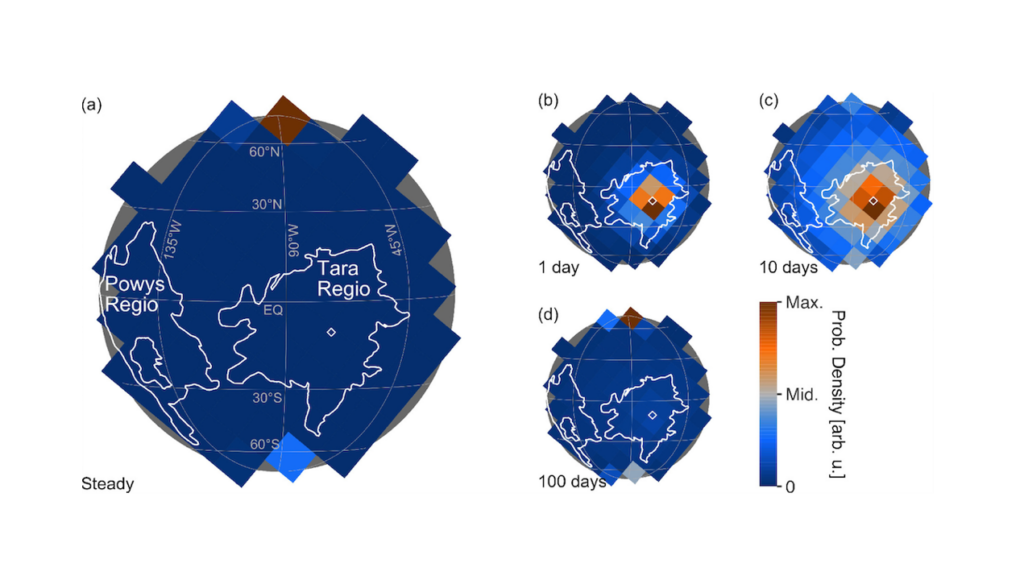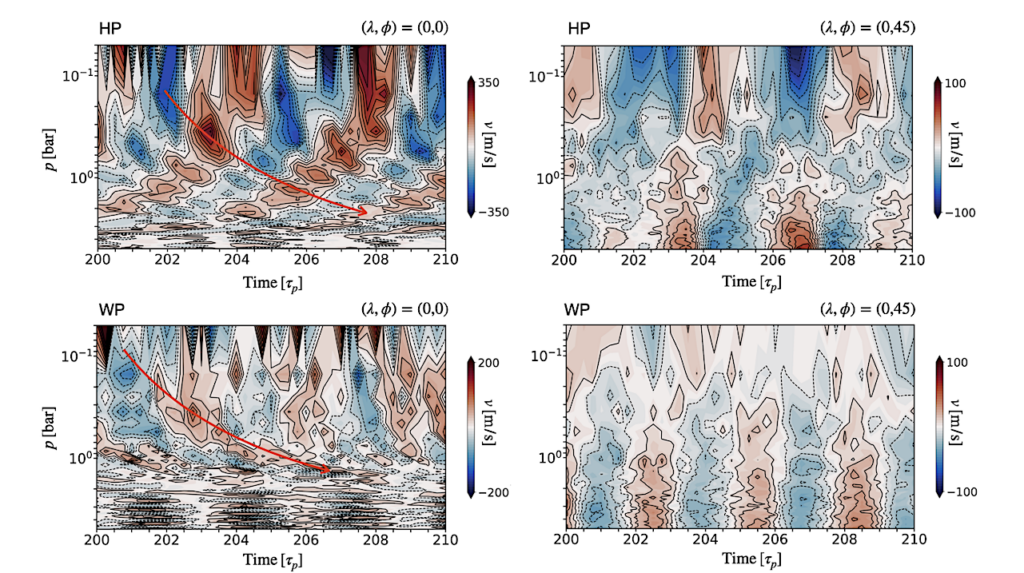High And Dry: Billion-year Trends In The Aridity Of River-forming Climates On Mars

Mars’ wet-to-dry transition is a major environmental catastrophe, yet the spatial pattern, tempo, and cause of drying are poorly constrained.
We built a globally-distributed database of constraints on Mars late-stage paleolake size relative to catchment area (aridity index), and found evidence for climate zonation as Mars was drying out. Aridity increased over time in southern midlatitude highlands, where lakes became proportionally as small as in modern Nevada. Meanwhile, intermittently wetter climates persisted in equatorial and northern-midlatitude lowlands.
This is consistent with a change in Mars’ greenhouse effect that left highlands too cold for liquid water except during a brief melt season, or alternatively with a fall in Mars’ groundwater table. The data are consistent with a switch of unknown cause in the dependence of aridity index on elevation, from high-and-wet early on, to high-and-dry later. These results sharpen our view of Mars’ climate as surface conditions became increasingly stressing for life.
Edwin S. Kite, Axel Noblet
Comments: Accepted by Geophysical Research Letters
Subjects: Earth and Planetary Astrophysics (astro-ph.EP); Geophysics (physics.geo-ph)
Cite as: arXiv:2211.10552 [astro-ph.EP] (or arXiv:2211.10552v1 [astro-ph.EP] for this version)
Submission history
From: Edwin Kite
[v1] Sat, 19 Nov 2022 01:03:58 UTC (40,815 KB)
https://arxiv.org/abs/2211.10552
Astrobiology








